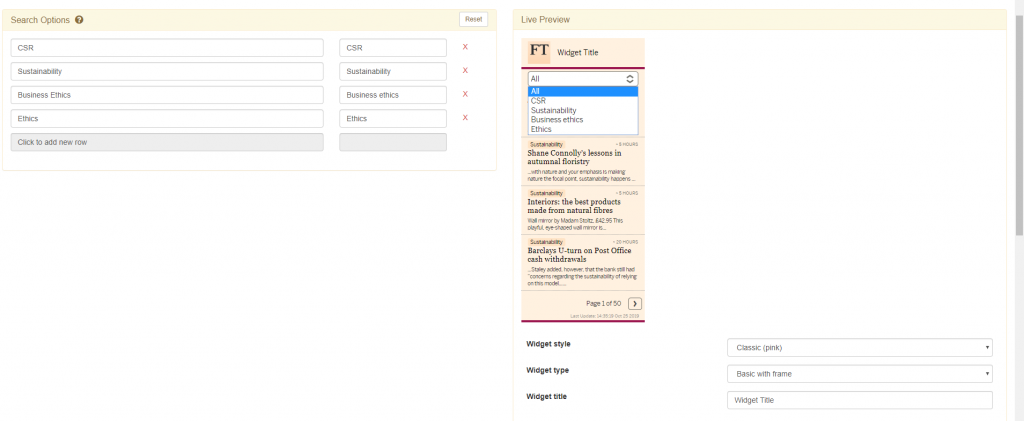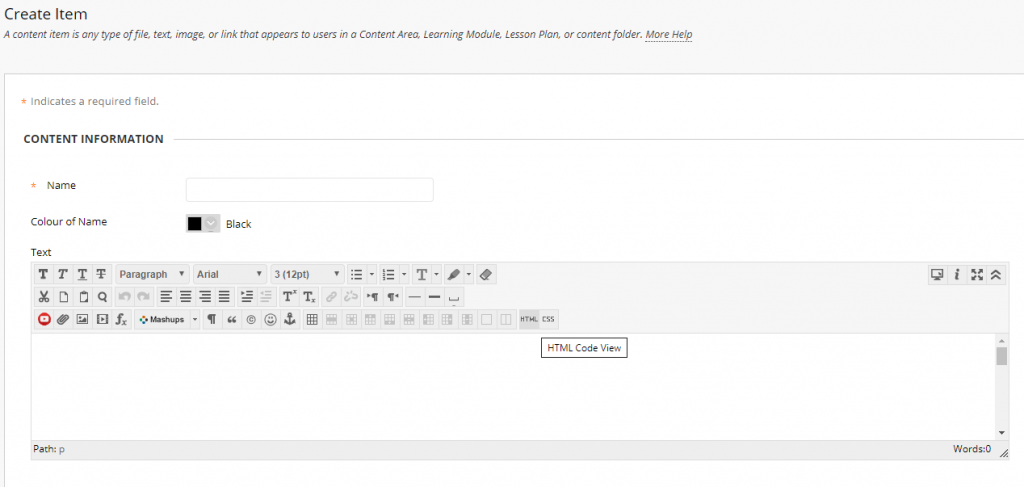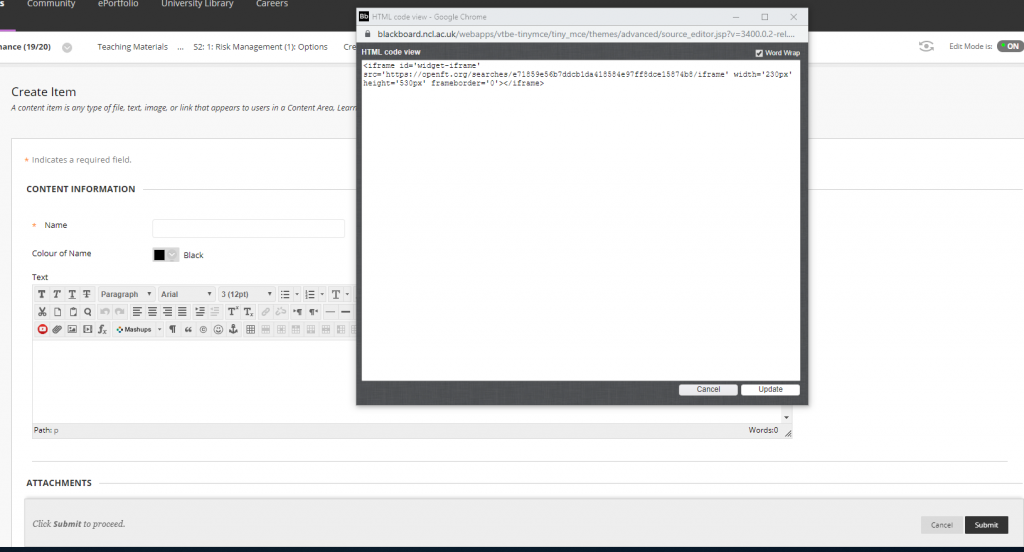Overview
I secured funding from the Digital Innovation in the Curricula Fund to attend Bett 2020 at the ExCel Centre in London in January 2020. The event, run over four days, is the largest EdTech show in the UK and as part of the conditions for the funding I agreed to write a brief report (below) and make a short video of the experience.
Project Aims
To disseminate via a short report and video, highlights of
Bett2020 that may be of interest to colleagues within NUBS. In so doing, the
value of attending future Bett conferences can be gauged, and potentially new
teaching and learning technologies can be trialled within NUBS.
Introduction
Established in 1985, the British Educational Training and Technology show (now just known as Bett) has taken place annually at ExCel London every January since 2012. Spread over four days Bett2020 incorporates exhibits and stands from over 800 EdTech providers as well as delivering 150 CPD content sessions for the expected 34,000 visitors. The show is aimed at education providers at all stages – from primary through to university level, and has expanded internationally with Bett shows now taking place in UAE, Malaysia and Latin America.
I was at the conference for the first two and a half days, during which time I attended ten seminars, talked to many exhibitors, and gained two Microsoft educator certificates! I have structured this brief report under these three themes.
Seminars
With over 150 seminars and demonstrations taking place there were many interesting talks – some of which I could attend, others I could not due to timing. London South Bank University are experimenting with using voice technology, specifically Amazon Alexa, to simplify how students are obtaining information. University of Surrey have developed in conjunction with students an online feedback portfolio which collates feedback, highlights areas needing attention and helps to produce an action plan. Adobe provided a demonstration on Rush – a simple video editing software tool which could be useful for staff and students and was the software I used to make the accompanying video.
Cloud based computing was heavily in vogue, with impressive talks from Alex Butler, Chief Digital Officer at Bath University, explaining how the university are using cloud based computing, in particular Azure from Microsoft, to place digital at the core of everything they do. This message was backed up, perhaps not surprisingly by Ken Eisner from Amazon Web Services (AWS), a key competitor of Microsoft Azure, who’s talk was entitled “The Future of Work requires a Future of Learning: AWS Workforce Development in the Cloud.” Both Microsoft, through Microsoft Learn, and Amazon through AWS Educate, produce free content on cloud based computing along with digital certificates which could be of interest to our students.
Perhaps the most interesting talk, with the exception of course of the Newcastle University talk on MS Teams (!), was entitled “DigiLearn: Empowering Transformational Change in Education.” Presenters Chris Melia and Kevin Williams (Technology Enabled Learning & Teaching Manager) discussed the transformation of digital skills at UCLan. Their pitch was in order to create work ready graduates then you need to start with staff. Introduced MS Surface pros for all staff with docking stations (to replace work station, laptop and tablets), delivering many training sessions and utilising MS Teams provided a digital community. They are piloting a program for staff – DigiLearn, incorporating three different levels (Practitioner, Advocate & Champion) to provide recognition for promotion purposes, and progression for CPD. They plan to roll out a similar program for students, DigiReady, next year. There is also a DigiLearn Sector Community run through Teams which anyone can join – looks really interesting and they also run mini conferences and events. Anyone interested in EdTech should join their community.
Exhibitors
With over 800 exhibitors the following caught my eye as
potentially being useful to us at NUBS (some of these I know are already used here).
- ClickView – Sold as Netflix for education. They produce original educational videos, mainly for secondary schools but a growing number for HE. One function I really liked was the access to freeview TV recordings which you could search using key words, edit and keep. ClickView can be embedded within Canvas and is available for a free trial.
- Zoom– a video conferencing webinar tool, similar to Skype.
- Quizlet – a good mobile revision tool app with flash cards and quizzes. They are linked to some book publishers eg McGraw-Hill.
- Sli.do – App that enables an audience to raise questions on their mobiles which are displayed anonymously on the screen. This was used extensively at this conference and was really impressive.
- Unity – A coding company that provides free on line coding courses, starting from complete beginner.
- Revas Business Simulation – They demonstrated a travel agency business – choosing staffing including wages and HR issues, impact of marketing, finance, and general profitability. Other businesses were available. It was difficult to assess the level but a free trial is available.
- MindView – The University currently have this software which can be accessed in the app store and is predominantly used for producing mind maps. Useful for students, and potentially for staff as the mind maps can be exported to Word and also Powerpoint to produce a presentation.
- Whiteboards – there were many, many smart whiteboards on show including Samsung Flip. These could be useful for seminars and also for staff meetings eg Boards of Study, Board of Examiners as the whiteboards offer more flexibility than projection. They are expensive though.
- Magic Whiteboard – a Dragons Den winner! Paper thin whiteboards that stick to any wall through static electricity – cheap and could be useful in seminar rooms, offices etc.
MS Office 365
There were numerous presentations demonstrating the full
potential of Office 365 – quite an eye opener. They have a monthly electronic
education newsletter which is free to sign up. The
following are some of the features of direct relevance to NUBS.
- MS Teams featured heavily in many seminars, especially as a tool to bring together individuals from different organisations. It is great for group work and apparently can now incorporate Turnitin. Need to be careful though that Teams is used in the right context – no one wants to be a member of 50+ Teams.
- OneNote – is in effect a digital notebook but there was a great demonstration of OneNote Live Capture where students can get an instant transcript of a spoken lecture – they can highlight, add notes, pause, rewind then catch up again. Looked amazing. Demonstration can be seen from 12 min 40.
- Immersive Reader – is included in OneNote and helps support students with dyslexia
- Flipgrid – facilitates a form of video discussion. A good example can be found within Teams.
- Powerpoint – Demonstration of Powerpoint (from 11 min 33) live that is coming soon. Students log into a session and then the presenters slides appear on their devices, together with in time transcript.
Digital Education
Certificates
Microsoft were the headline sponsors and as a result had the
largest presence at the conference. There are other providers of free digital
education certificates, notably Google and Amazon, but I only had time to look
at the Microsoft offerings.
Microsoft Educator Centre contains a wealth of online free to access training resources. As mentioned above UCLan integrate these into a formal CPD programme for staff and at a time when we are trying to engage our students with digital literacy then we as educators should look to upskill. This resource provides a fantastic opportunity to do this.
Conclusions
This short report with embedded hyperlinks I hope
disseminates what I thought to be useful ideas for colleagues within NUBS. On reflection
I was a little bit underwhelmed by the exhibitors at the conference, with the
exception of perhaps ClickView and the new hardware. I think its encouraging
that many of the apps I saw we are already using. I found the seminars really
informative and new this year was a theatre dedicated to HE/FE presentations
which was a welcome addition. In the past and still to some extent the
conference is geared more towards Schools than universities but this is
gradually changing. I was blown away by the current (or soon to be introduced)
functionality of the apps within MS Office 365. I also think the digital
education certificates are another avenue to investigate further, both in terms
of staff CPD and student engagement.
Should staff from NUBS go next year? I think anyone with an interest in EdTech would be wowed and energised by attending and as the conference is free (travel and accommodation still needed) I think it’s a great opportunity to see what is on offer, both from EdTech providers and from other universities. It is also a great opportunity to see the classroom technology our future students are using in their secondary education as this will establish expectations for their university experience.
Andy Holden 28 Jan 2020






